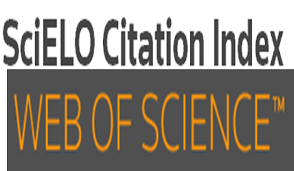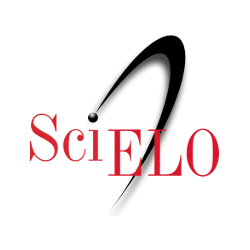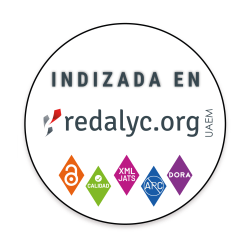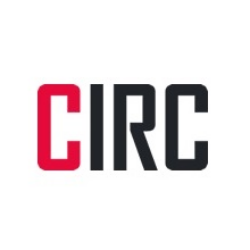Abstract
This article centers on the legal and esthetic development of professor
Moyssén as a pretext to reflect on the current demands posed by the
in-depth reform of art history study plans with an interdisciplinary
commitment. Various interdisciplinary models already exist in the field of
political iconography, and involve a notion of art history transformed into
the science of images. Other possible links with visual studies, for
example those with the natural sciences or criminology, tend to develop
future generations of art historians with more complete and complex
profiles, who subsequently compete in a restricted labor market. The
concepts proposed by brothers Alexander and Wilhelm von Humboldt in
relation to the intellectual art of relating differing types of information
and the struggle for an open, non-commercial academic sphere, have served
as a source of inspiration and models.
Downloads
Download data is not yet available.


















